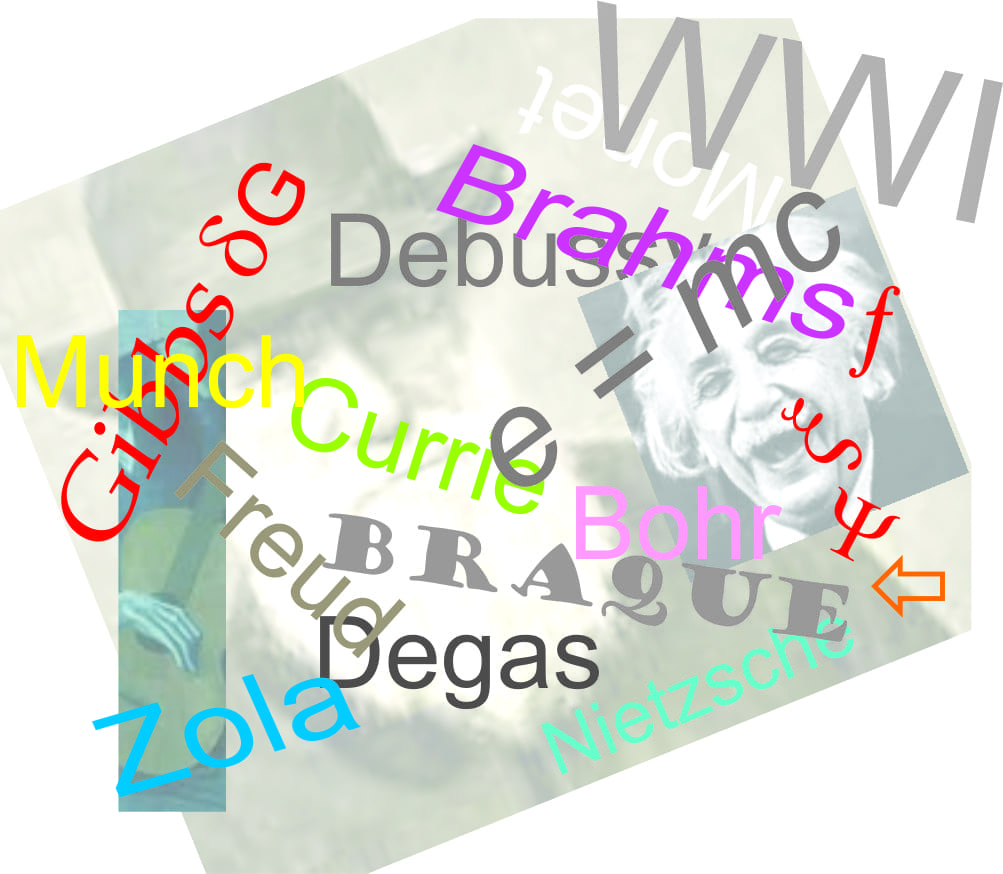 Science in a Social Context, 1859 to 1920
Science in a Social Context, 1859 to 1920
I have created this Science in Context chart, partly because I am interested in the links, or the possibility of links among Science and other human endeavours like art, politics and so on. Science has never taken place in a vacuum; people who have conducted scientific investigations have had affiliations with or have needed to react to political or religious forces that helped shape our world – in some cases reacting simply to survive the vagaries of current ideologies. Science during the Renaissance and Enlightenment was often in conflict with prevailing religious dogmas. Thomas Kuhn, scientist and philosopher (of paradigm fame), would argue that this “tension” between science and the Church was crucial to the advancement of science in the Western, predominantly European world. In contrast to this often brutal conflict, eastern religions tended to coexist more harmoniously with their scientific cousins.
I have chosen the period 1859 to 1920 for purely selfish reasons; it is a period in which the ‘rules’ in art and music were constantly being broken; I love the art from this period. The result was a whole new world of creative composition, from plein air impressionism to the reconfiguring of three dimensional cubist space, or the imagining of Debussy’s sea and the dissonant restructuring of music by Schoenberg. The examples of painting, music, writing and so on are what I think are reasonably representative of the artist for a particular date.
The period 1859 to 1920 contains three paradigm shifts (sensu Kuhn); the first two were science-based but resulted in significant changes in social perspectives – Darwin’s Origin of the Species and Einstein’s relativity. 1920 is kind of arbitrary. Breaking the rules of scientific thinking, challenging social mores, and the increasing popularity of art that was refused entry into the more traditional exhibitions or concert halls (salon de refuses), are some of the defining characteristics of this period. It must have been exciting. It ended with the horror and social-political upheaval of WWI.
In New Zealand the 1860s and 70s defined the initial rationale and actions for land ownership, the legacy of which we still deal with. Other institutions that we take for granted such as the right to govern and voting rights also were promulgated in the 1880s and 90s. And then of course there was WWI…, that many think was one of the defining historical events that shaped modern New Zealand.
What is it that triggers a person’s imagination and creativity; what combination of events outside a person’s everyday experiences contributes to discovery and invention? For this period the industrial revolution was in full swing; Darwin’s “Origin” was a bolt out of the blue that upset traditional Church and social conservatism. Did exposure to so called ‘primitive art’ from Africa and the Pacific, or the linear perspective in paintings from Japan and China trigger a response in artists like Cezanne, Braque and Picasso? Was there a tangible link between cubist ideas and the revolutions in physics and psychology? The answer is I think a resounding YES! Artists and scientists were eagerly communicating their ideas, whether in formal journals, manifestos, cafes or press releases. Scientists, no more or less than anyone else are influenced in their thinking by a world view, by emotional links to places and ideas, and to the vagaries of bias. Creative acts for scientists are probably no different to those of the poet or painter. But science does have some rules or methodologies that help guide them through the social and philosophical maze.
The chart is not encyclopedic. Anyone who reads it will immediately locate gaps in events; fill these in yourself, or better still get your students to do it. Likewise, the time range of each ‘ism’ is approximate and most have significant overlap with preceding or subsequent styles or schools; Claude Monet continued to paint impressionist water lilies into the 1920s, when Expressionism, Dada and Surrealism were the order of the day (I produced the chart in Excel which has pretty limited capacity to show overlapping data cells or colour gradients). Add a country column of your own but perhaps be more adventurous then me and add a country for which you have no direct familial or emotional ties.
The download-link to a PDF version of the chart is shown below.
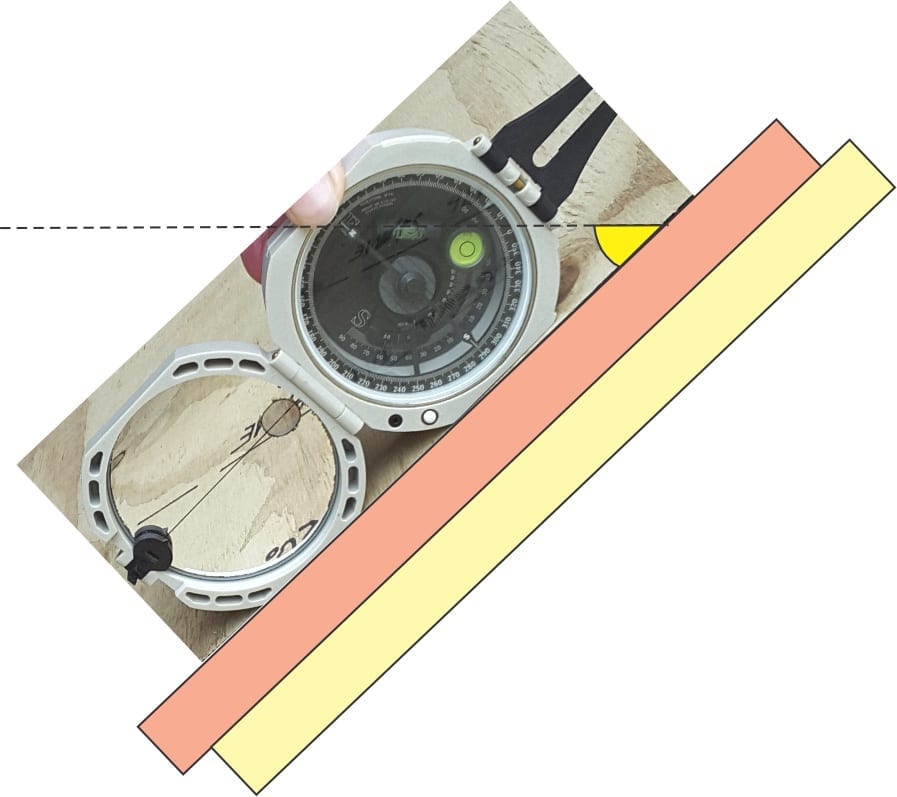
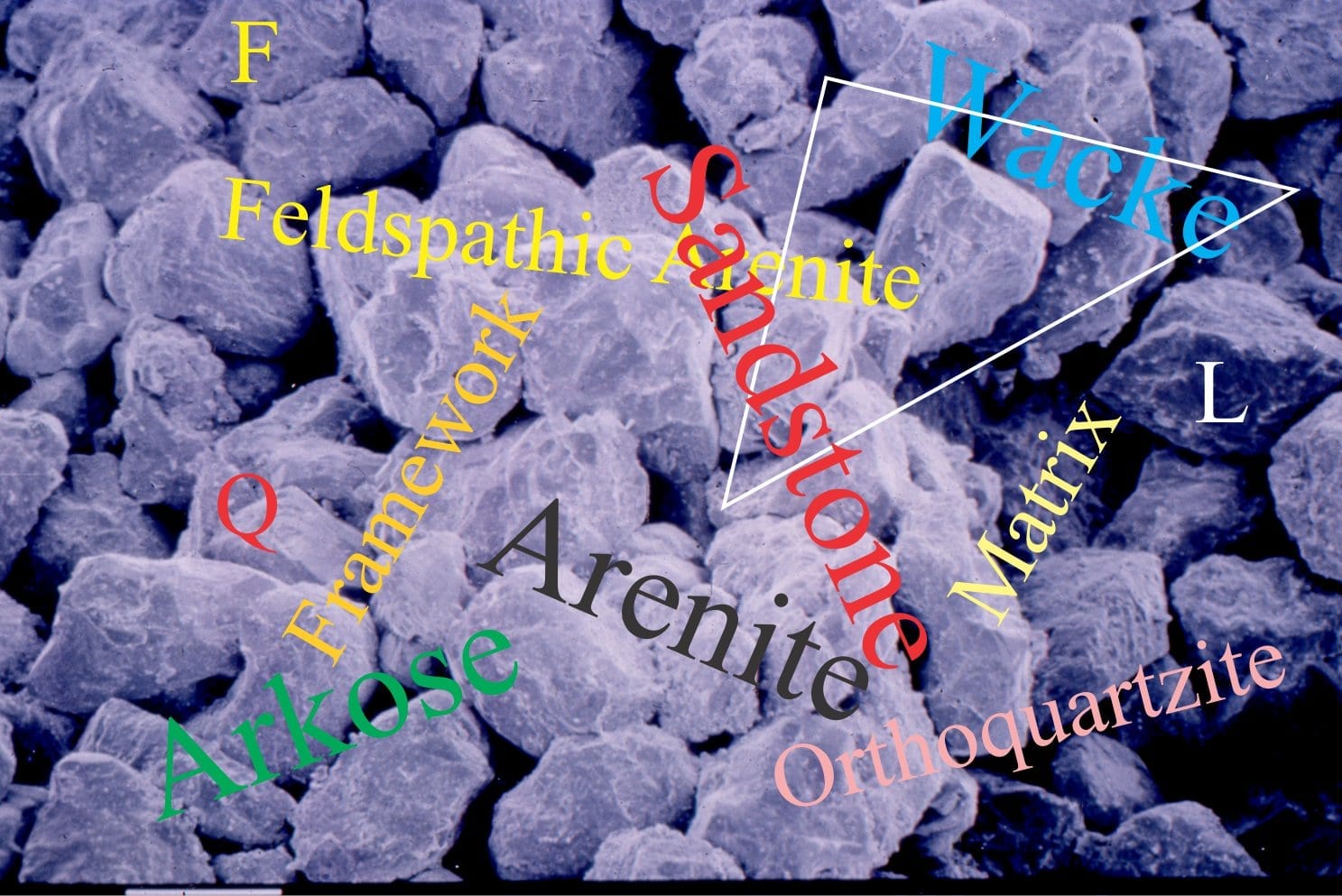
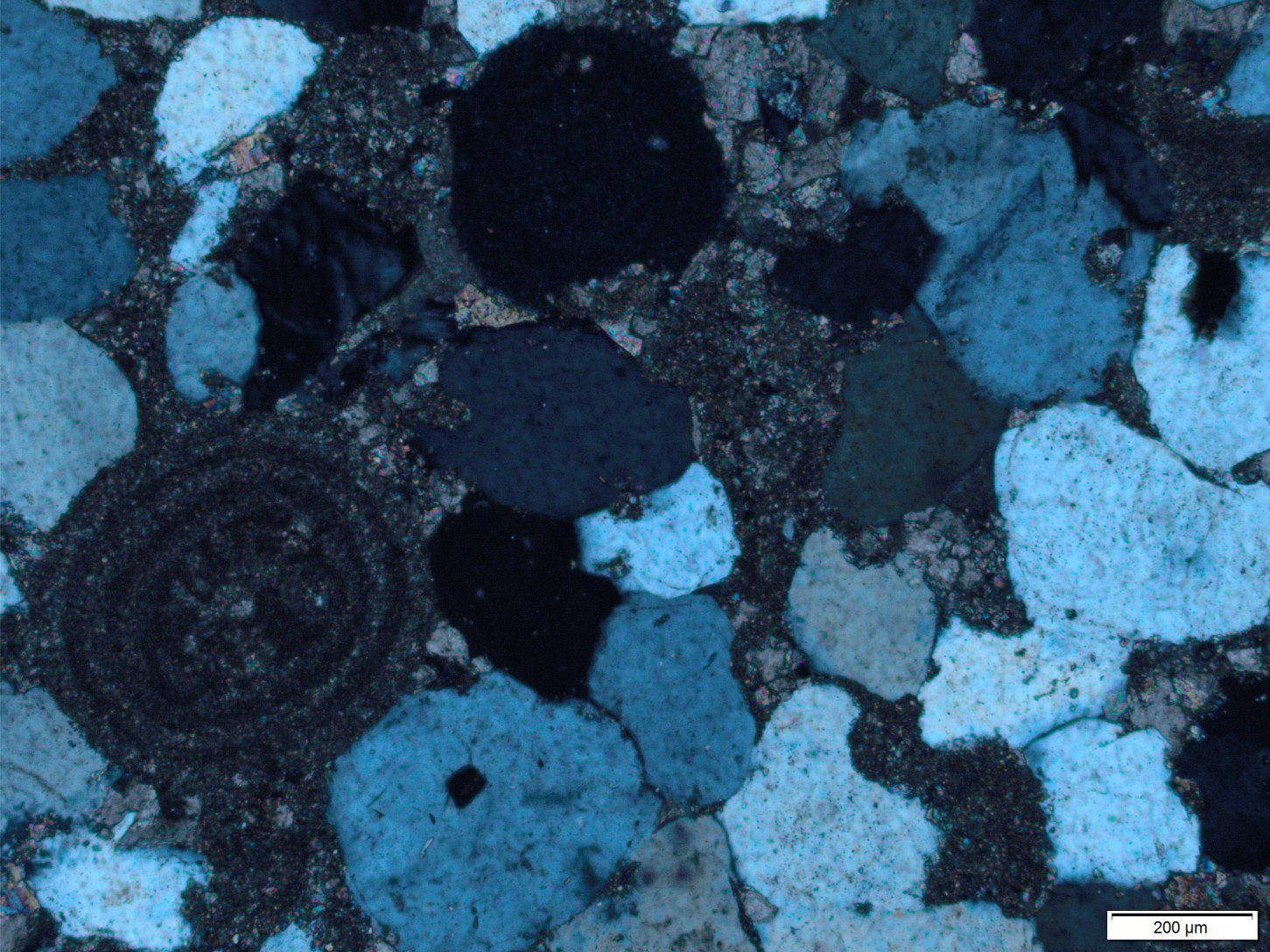
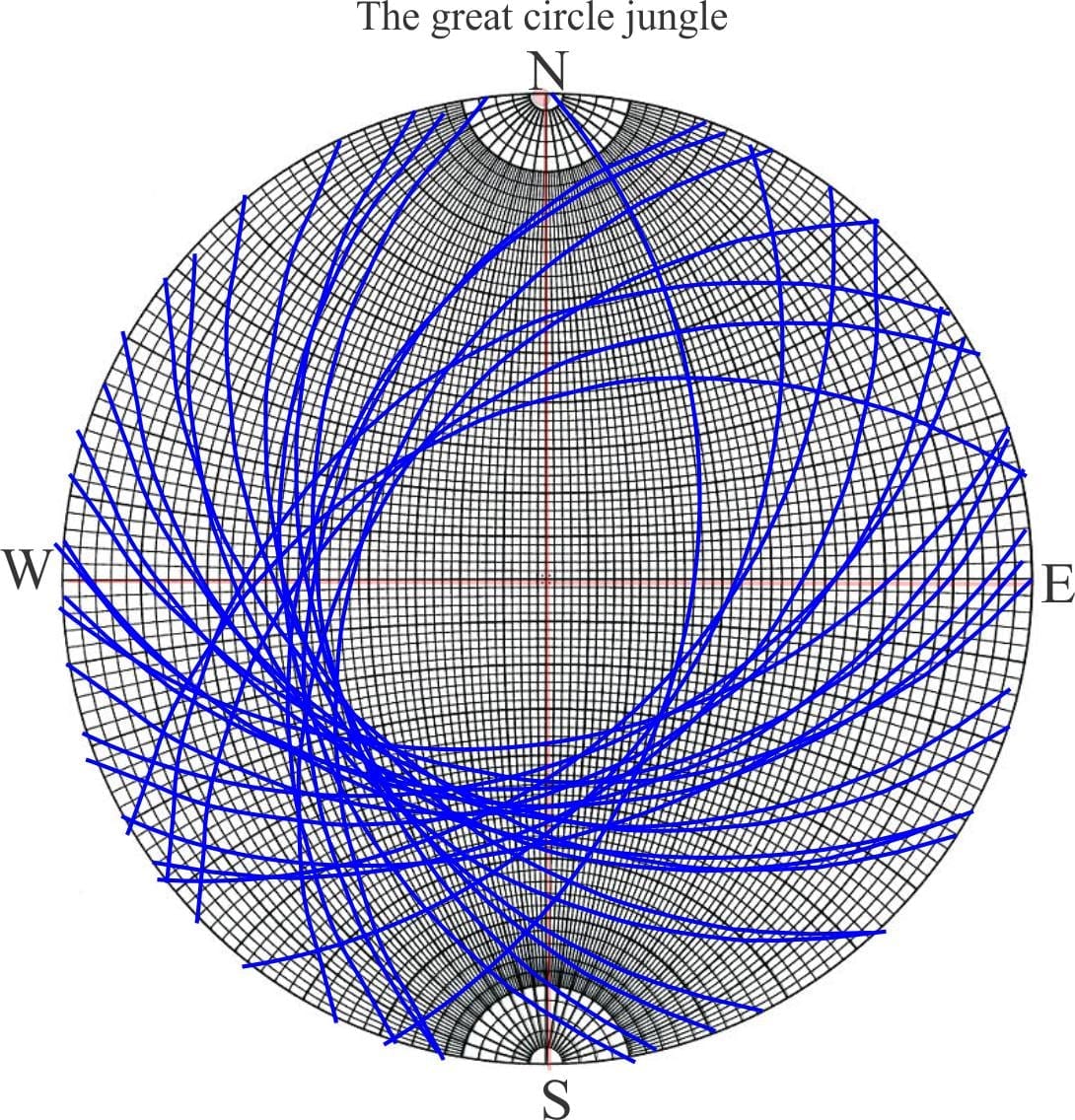
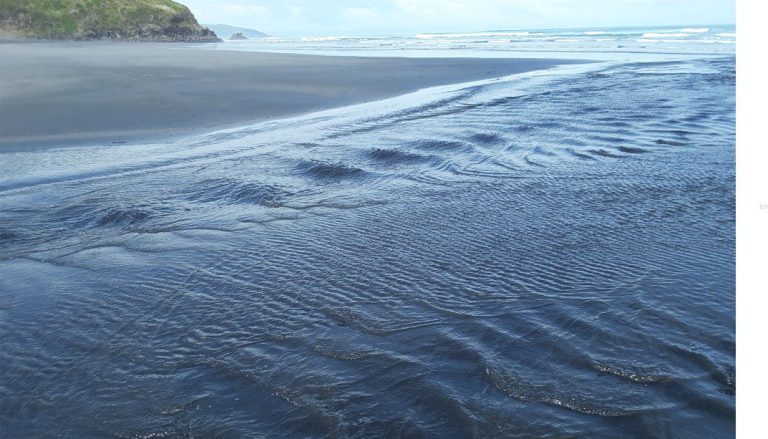
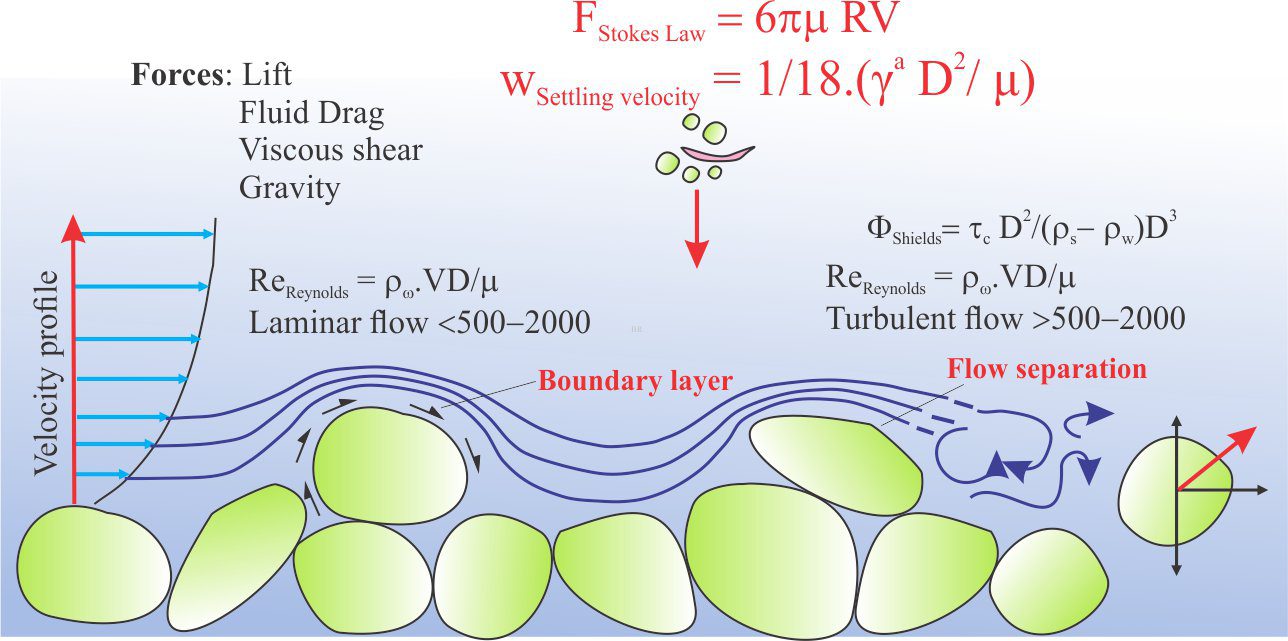
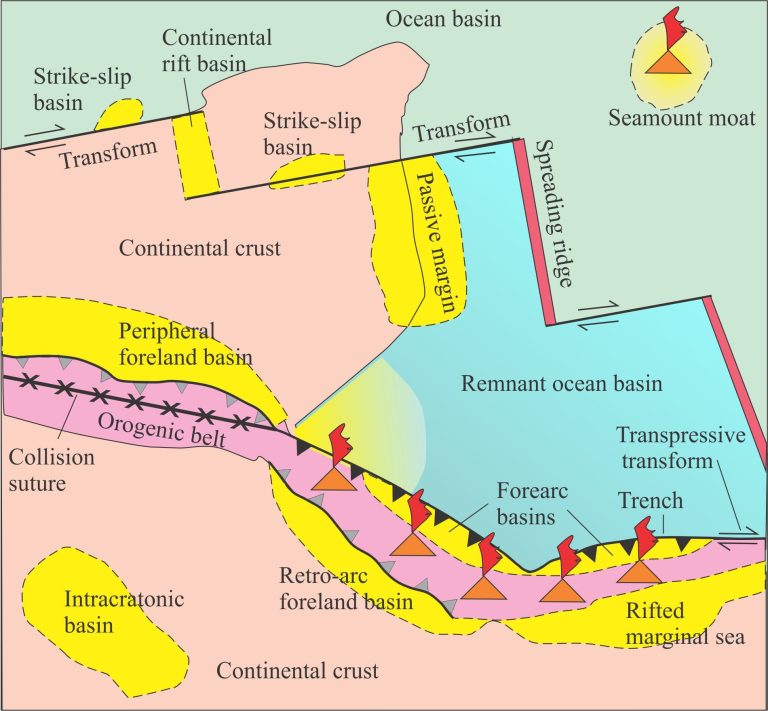
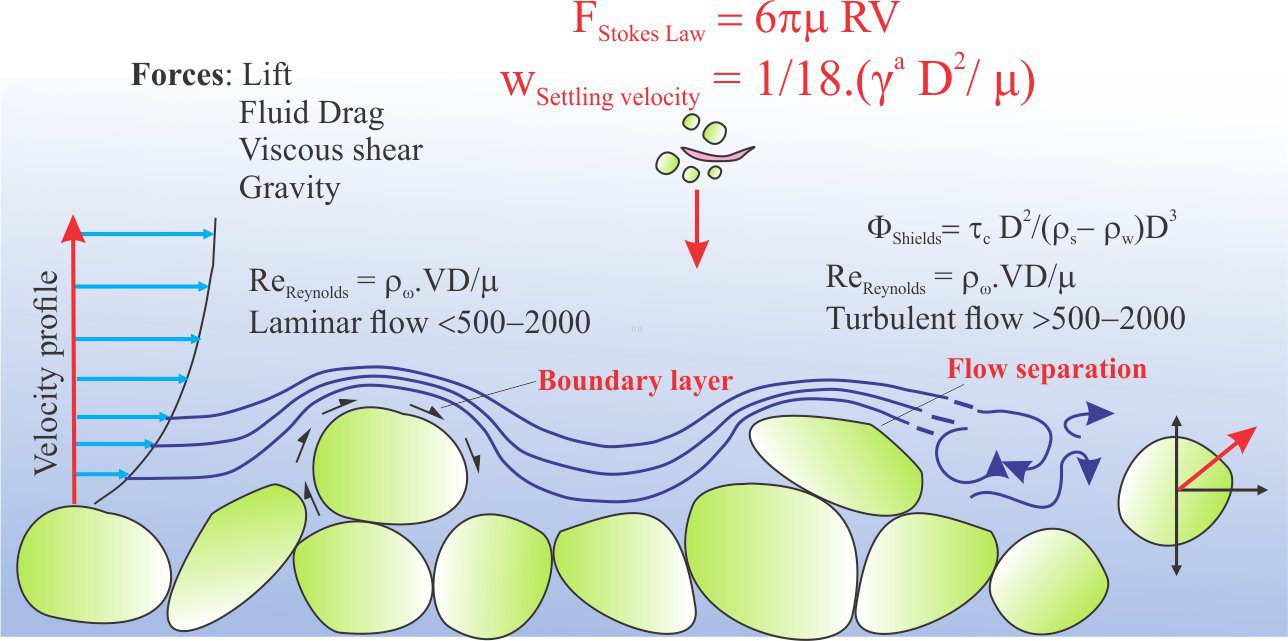
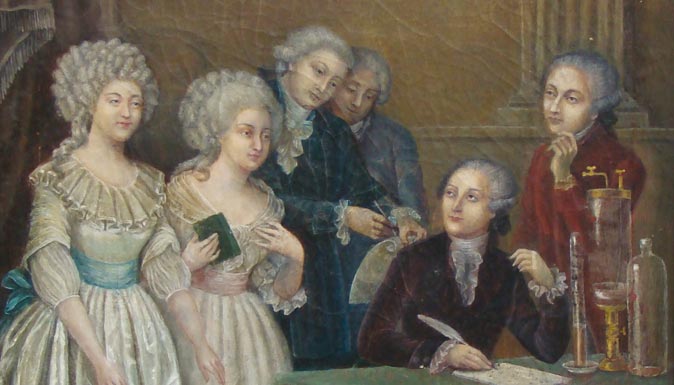
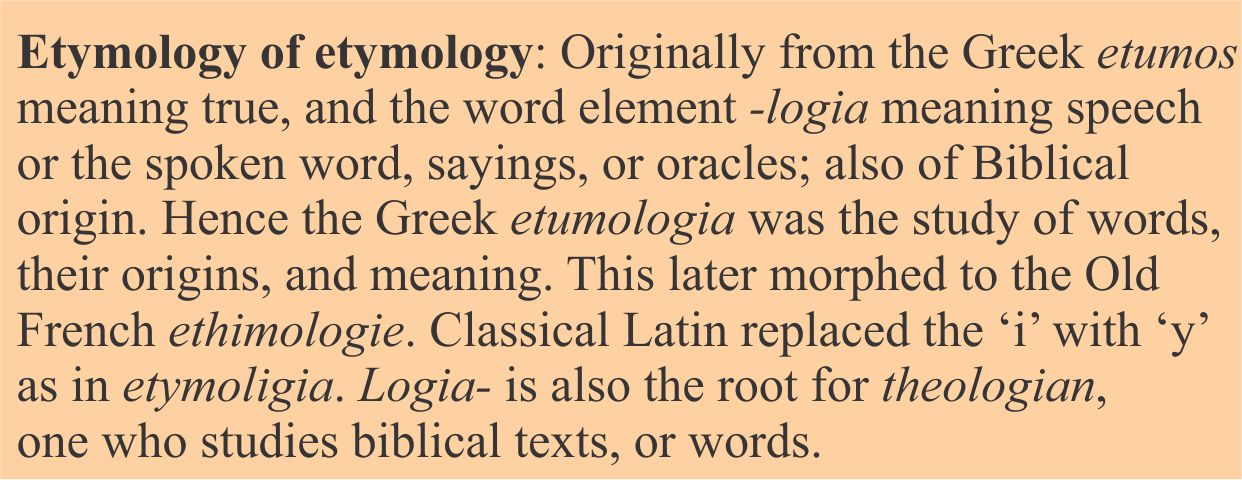
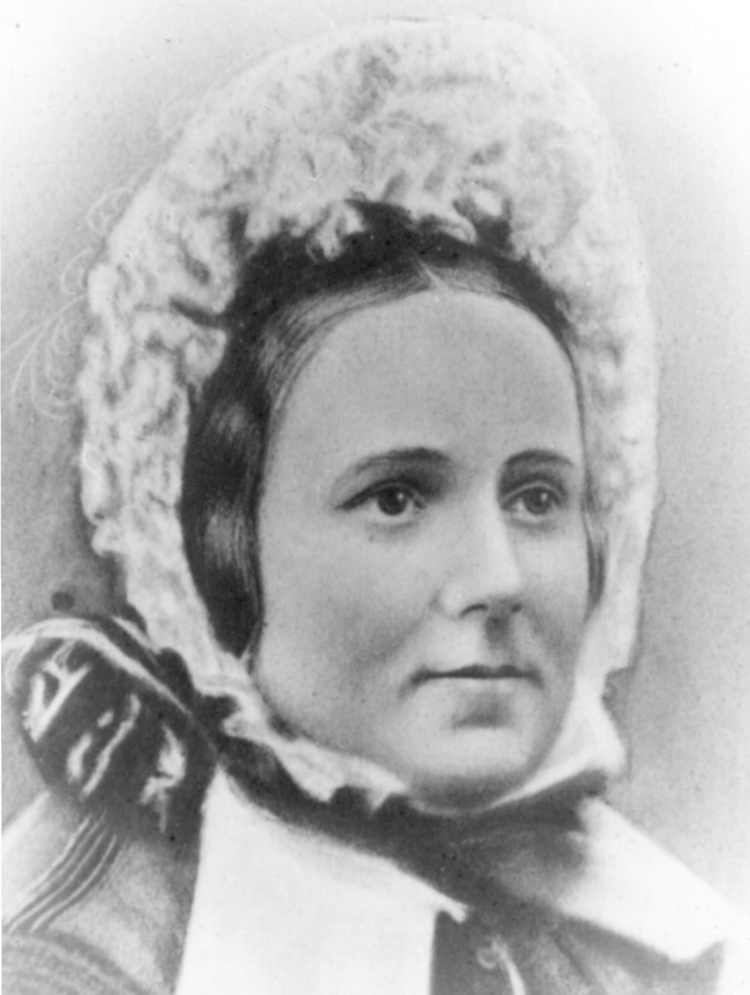
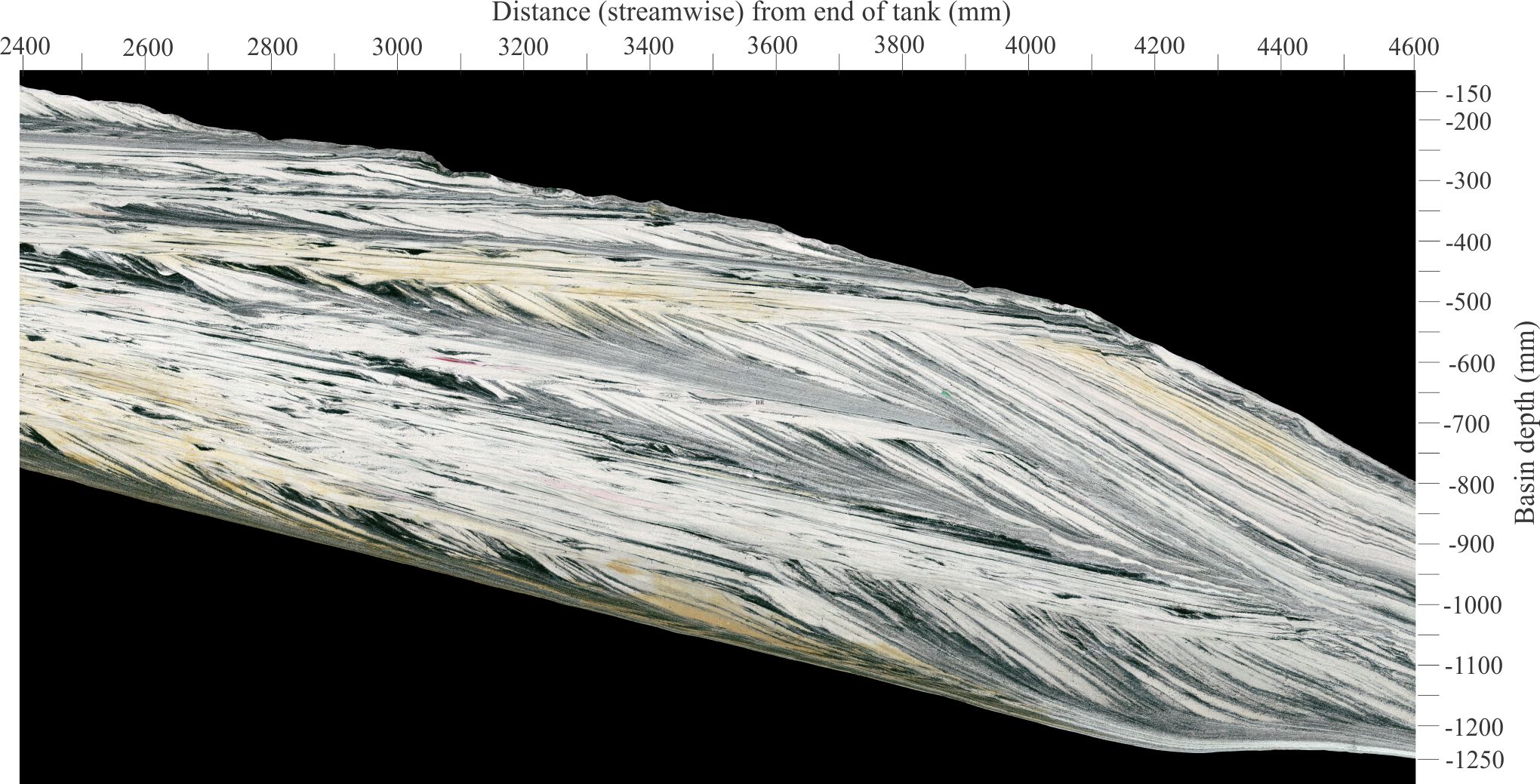

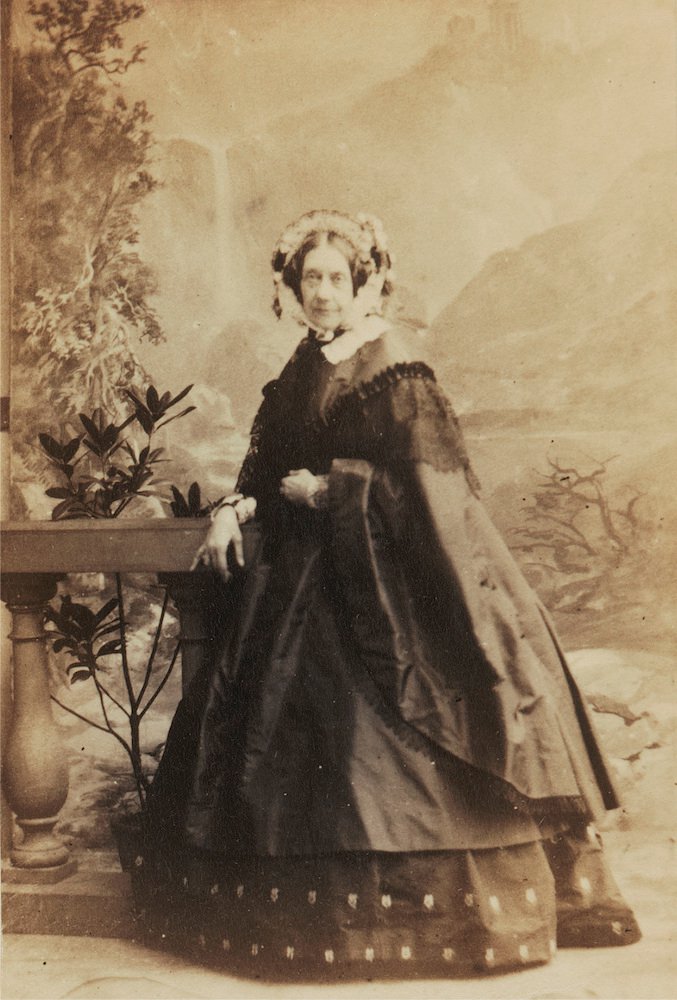
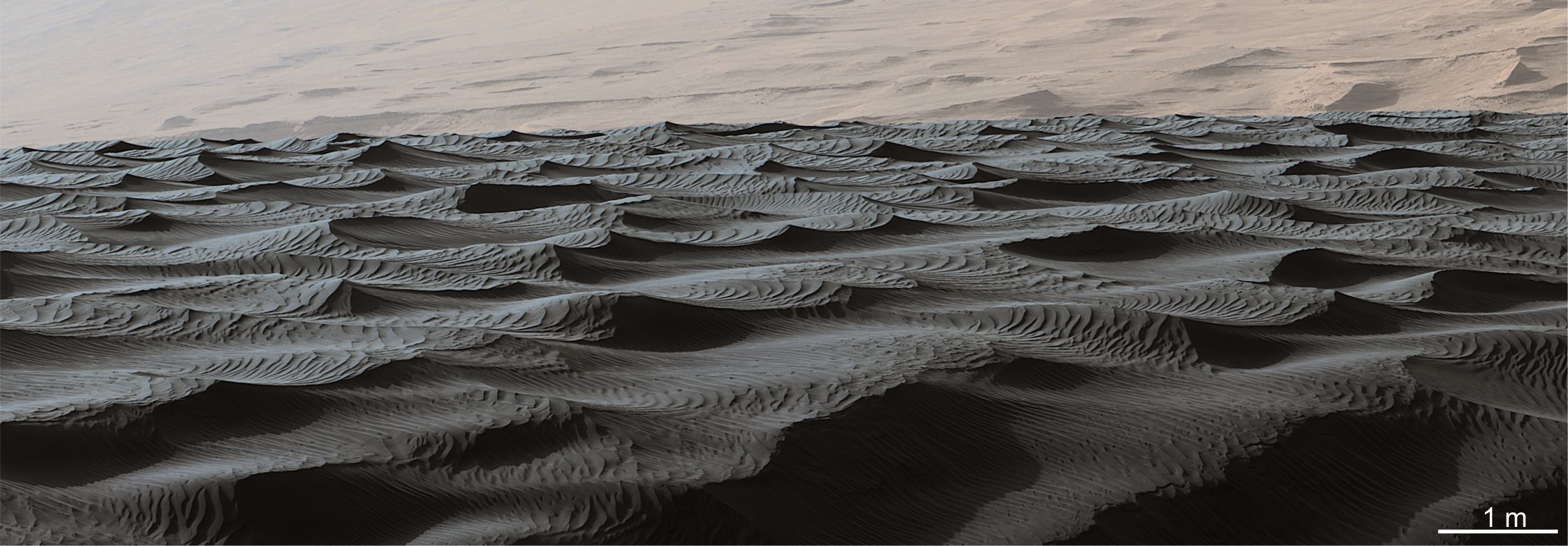
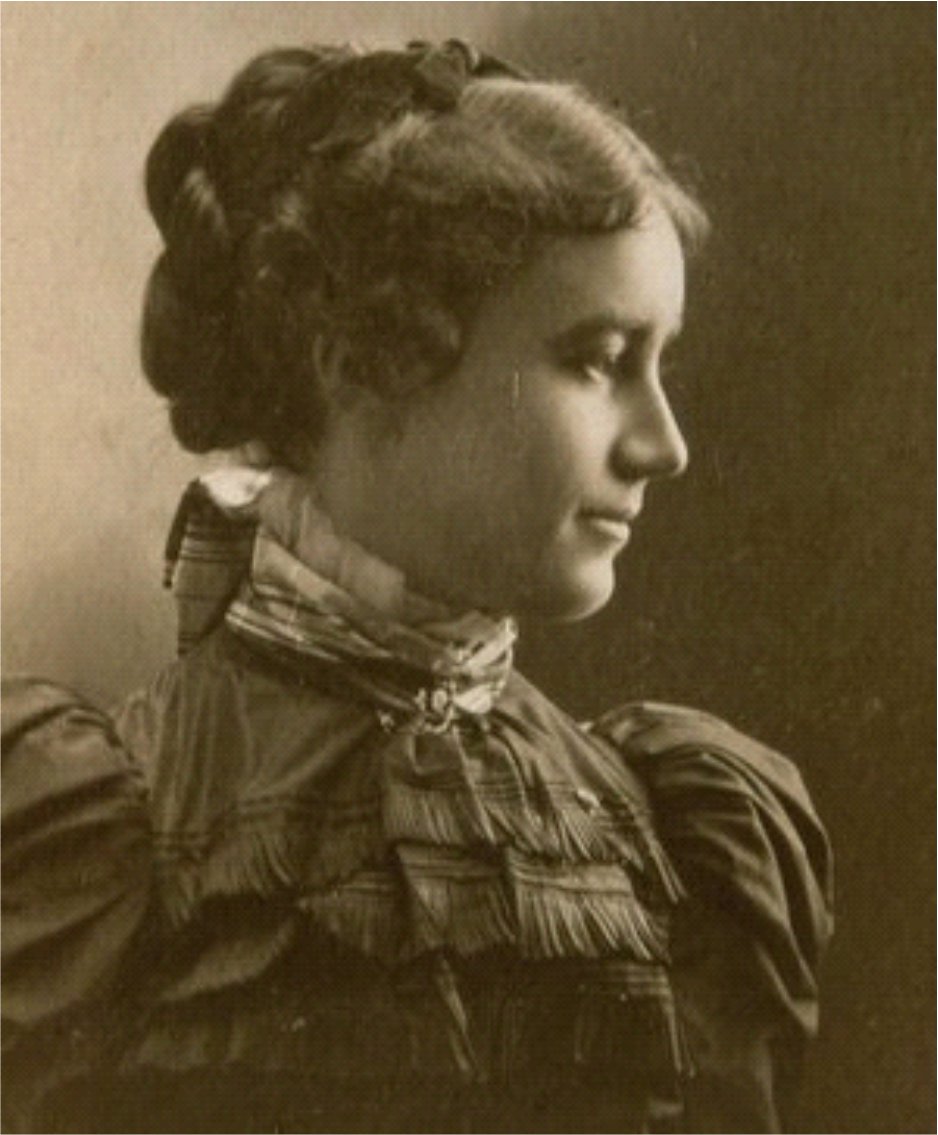

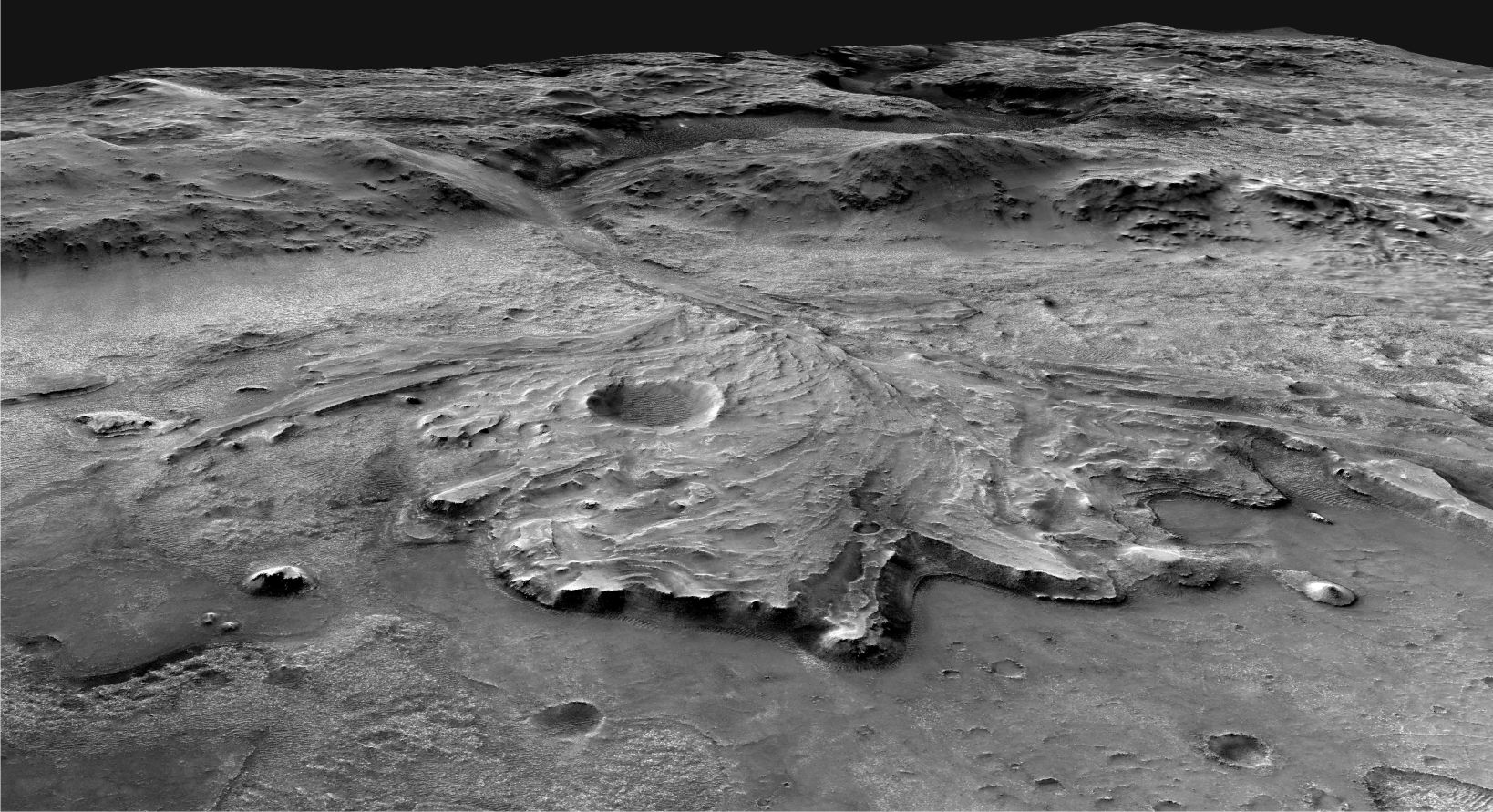
1 thought on “Science in a Social Context”
Pingback: Science in a social context | #scichatnz